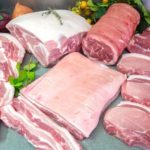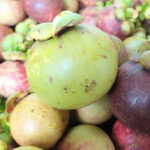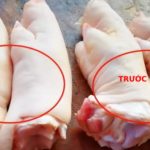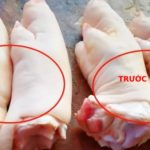Pork trotters are divided into front trotters and hind trotters, and the taste of these two types of trotters is also different. It is easy to buy the wrong trotters if you don’t carefully consider. The prices of these two types of trotters also differ, usually the front trotters are more expensive than the hind trotters. Therefore, refer to some tips below in order to easily distinguish and choose the right type of trotters for cooking.
1. Look at the shape of the trotters
Due to the front trotters often bearing the weight of the body and moving quite a lot, the front trotters have a large, rough and slightly curved shape, the meat on the front trotters is also thicker and the wrinkles on the surface of the trotters are very clear.
The hind trotters only support movement and bear less weight of the body, so they look relatively slim and straight, less meaty and have fewer wrinkles on the surface.
2. Look at the hoof of the trotters

Pig’s hooves usually have 4 toes, but when moving, there are only 2 toes on the ground. The toes on the front trotters are relatively large and even in size, the toes look smoother. The two toes on the hind trotters will look rougher and the toe sizes are uneven.
In summary, it is not difficult to distinguish between front trotters and hind trotters. The front trotters have thick meat and many tendons, which are chewy and delicious. The hind trotters have less meat and larger bones. Therefore, depending on the dish you want to cook, choose the appropriate type of trotters. The front trotters are suitable for braised trotters or roasted trotters. The hind trotters are suitable for soups and stews.

Wishing you choose the right type of trotters for your family’s meals.
According to PNVN






































